Through wars, migrations, and modern reinventions, phở has flowed along with Vietnam’s history - adapting, surviving, and redefining itself with each era. In this story, we trace its evolution from the humble carrying pole of vendors in old Hà Nội to the creative spirit of modern day restaurants, uncovering how a simple bowl of soup came to embody the soul of a nation.
Phở Gánh - Phở That Carries The Spirit Of Old Hanoi
Around 1908-1909, the bustling area along the Red River was a major trading hub. Boats carrying goods, fish sauce, and dried foods from central Vietnam arrived daily, feeding the city’s growing commercial energy. With this came the rise of street food vendors, phở quickly became a favorite: portable, hearty, and quick to serve.
A typical phở gánh (phở vendor’s carrying pole) had two baskets balanced on either end of a bamboo pole. One side held a gently simmering pot of broth; the other carried bowls, chopsticks, ingredients, and all the tools needed to serve a meal. Phở was most often sold at night, catering to workers, dockhands, and night-time traders.
Writer Thạch Lam, charmed by the experience, once praised it in loving detail:
“The broth is clear and full-bodied, the noodles tender but not mushy, the beef brisket fatty and crisp, not chewy. There’s lime, chili, and onions; everything you could want. Nothing tastes better than a bowl of phở like that. After the first bowl, you immediately crave a second.”
Over time, the best phở gánh vendors developed loyal followings. Their phở was so good, they no longer had to roam the streets. Instead, they’d settle in one spot, just let the steam rise from their pot, and customers would find them. That image of a vendor standing at a street corner, ladling steaming broth into bowls as the city sleeps, became iconic. Phở gánh lives on as a symbol of Hà Nội’s timeless culinary soul.
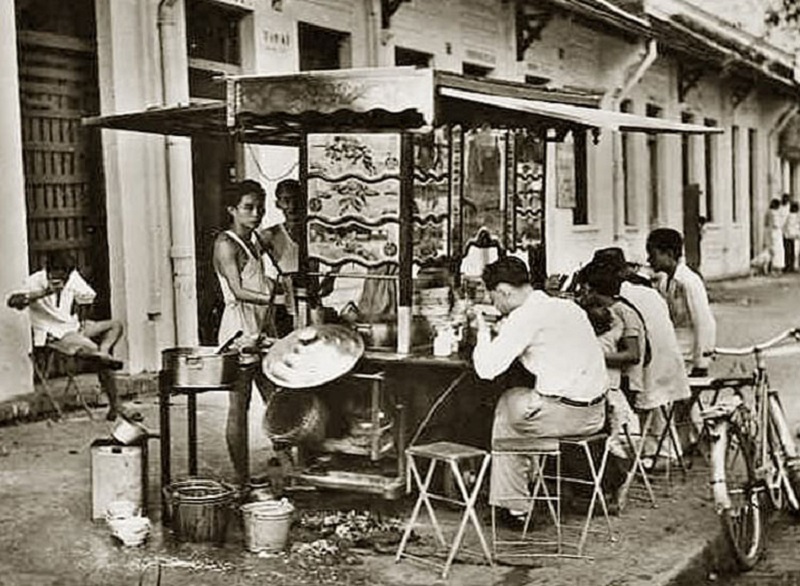
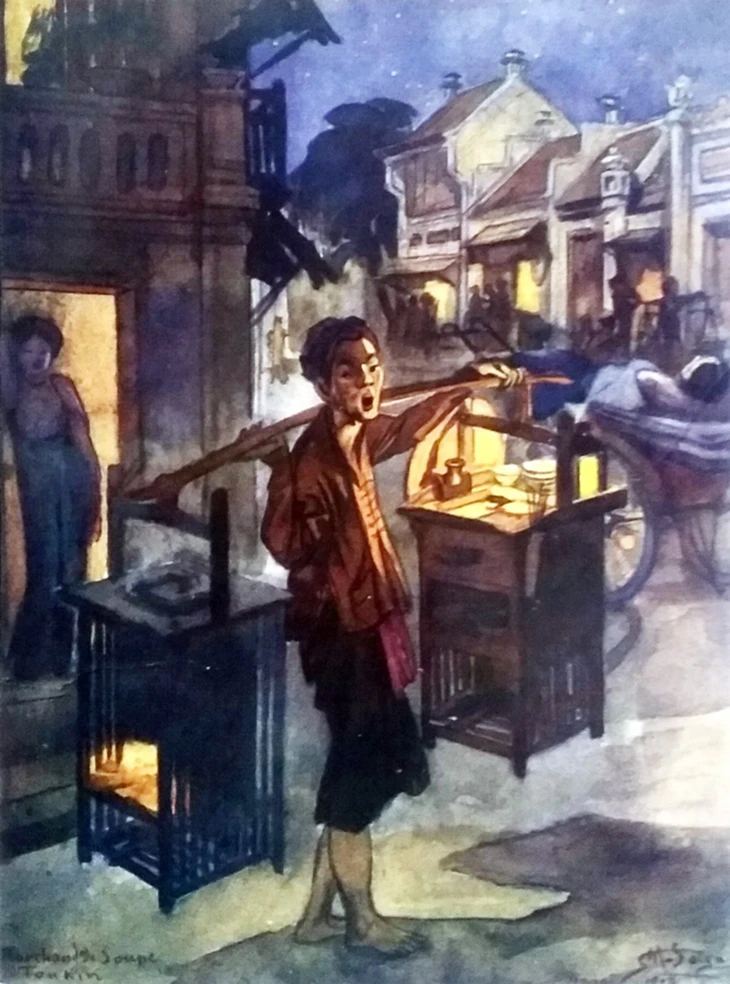
Phở Không Người Lái - Phở In The Face Of War
The period between 1976 and 1986, known in Vietnam as the bao cấp era (subsidized economy), is etched into the collective memory of Hanoians. It was a time of food rationing, state-run stores, and creative cooking born out of scarcity. And it was during this time that a unique dish emerged: phở không người lái, literally, “pilotless phở.”
There are a few interpretations of this curious name. Some say it was a tongue-in-cheek nod to the American unmanned spy planes that once hovered over Hà Nội skies before 1975. Others suggest a simpler explanation: the phở bowl had no meat, just broth and noodles. Either way, the name captured something deeper: Hà Nội’s defiant humor and unshakable optimism, even in hardship. A spirit that laughed in the face of war and found grace in simplicity.
A bowl of phở không người lái was a reminder of resilience, of community, and of a chapter in Hà Nộii’s history when even a humble soup carried the flavor of courage.
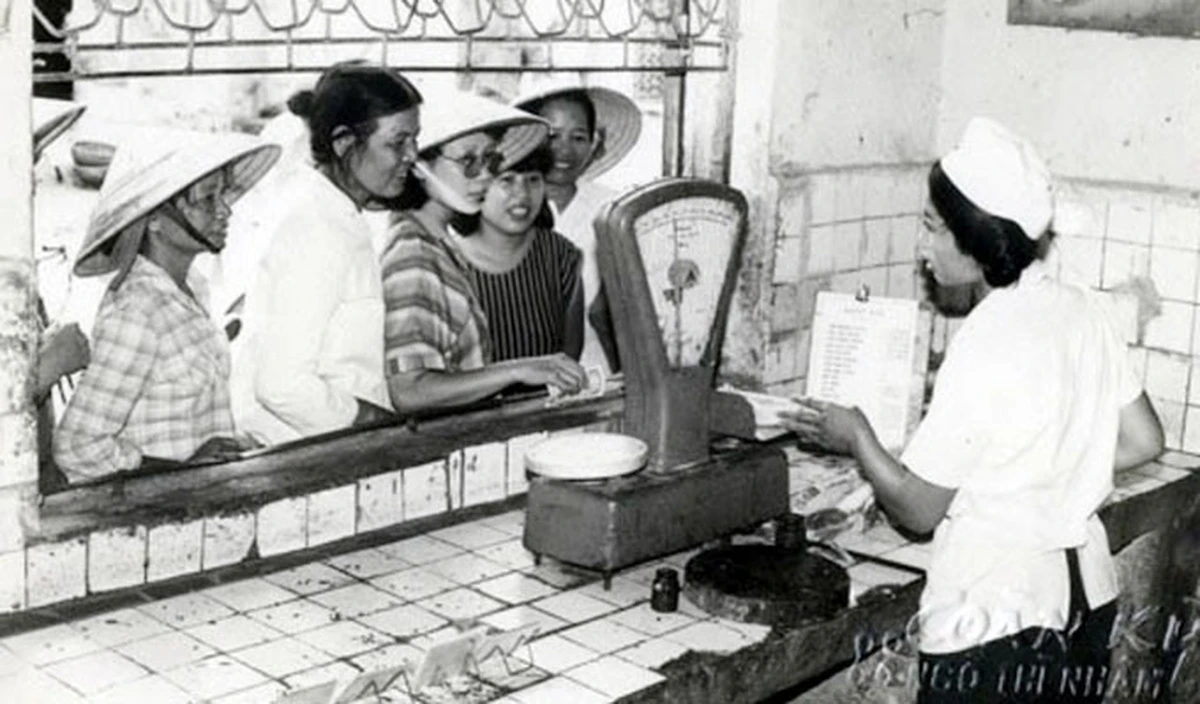
Phở Bưng - Balancing a Bowl, Preserving Grace
The name phở bưng might sound a bit quirky, but it’s as straightforward as it gets. “Bưng” in Vietnamese means “to carry”, and that’s exactly what you do. At these phở spots, there are no tables, no seats. Diners hold their steaming bowls in one hand and eat with chopsticks in the other. It’s phở on the go.
Search for “phở bưng” online, and chances are you’ll be pointed straight to Phở Bưng Hàng Trống. This legendary stall first opened at the narrow sidewalk corner of Hàng Trống and Hàng Gai Streets in Hà Nội. The pavement was so tight you couldn’t fit more than a few stools, let alone tables. But that never stopped anyone. People squeezed in, stood shoulder to shoulder, slurped noodles while standing in the thick of foot traffic.
Because in Hà Nội, if the food is good, the crowd doesn’t matter. In fact, the crowd is part of the charm. The chaos, the clinking bowls, the soft hush of people quietly enjoying their meal. It all adds flavor to the experience.
Over the years, Phở Bưng Hàng Trống adapted to modern times and moved into a narrow alley at No. 8 Hàng Trống. But the essence stayed the same. Diners still sit on low plastic stools, bowls cradled in hand, steam rising into the morning air. There’s a kind of unspoken etiquette to it: eat quickly, speak softly, and smile gently.
It’s that humble elegance - the ability to stay graceful even when crouched on a sidewalk with a bowl of soup - that makes phở bưng uniquely Hà Nội.
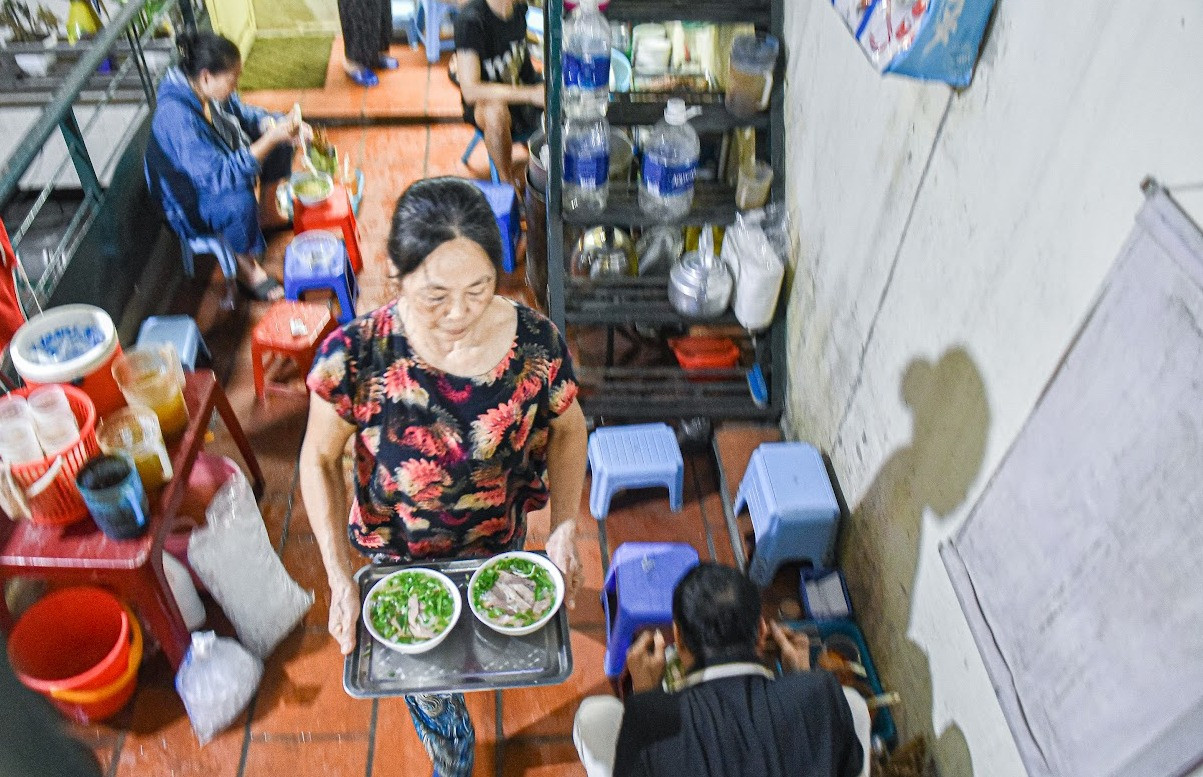
Phở Tàu Bay - Phở That Traveled South
The first time I came across Phở Tàu Bay (“tàu bay” means airplane in Vietnamese) was in Nỗi buồn chiến tranh (“The Sorrow of War”) by author Bảo Ninh. But I didn’t understand the name. What made it different from other famous Saigon spots like Phở Hùng or Phở Dậu that I was more familiar with?
As I dug deeper, I discovered the story behind it. The founder, Mr. Phạm Đình Nhân, was originally from Nam Định, a northern province often considered the cradle of traditional phở. Before 1954, he had a popular phở stall called Phở Nhân on Bà Triệu Street in Hà Nội. When waves of northerners migrated south following the Geneva Accords, Mr. Nhân brought both his family and his phở recipe to Saigon.
Back then, phở was still unfamiliar in the South. Most of his early customers were northern migrants longing for a taste of home. In the clear, cinnamon- and star-anise-scented broth, they found a bowlful of Hà Nội memories.
And the name Phở Tàu Bay? It came about entirely by accident. Mr. Nhân was once gifted a pilot’s hat, which he loved so much he wore it all the time. Gradually, people forgot the name Phở Nhân and simply called it “the phở place where the owner wears a pilot’s hat.” Eventually, Phở Tàu Bay, which literally means “Airplane Phở”, became the shop’s official name, and it stuck.
In typical southern fashion, Saigon locals came up with playful names for their phở bowls - “train bowl,” “steamboat bowl,” “car bowl” - all to describe just how generously filled they were. These nicknames reflected not only the portion size but also the southern spirit: warm, open, and full of flair.
From there, northern-style phở began blending with southern tastes: bean sprouts, fresh herbs, lime, chili - all subtle additions that marked a culinary bridge between two regions.
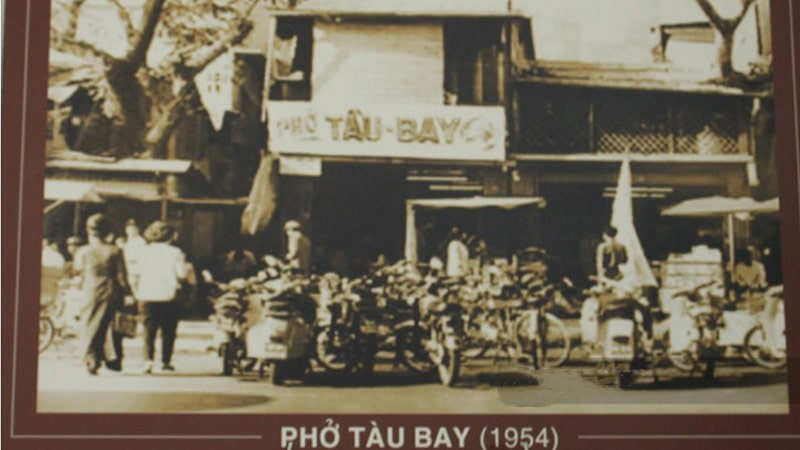
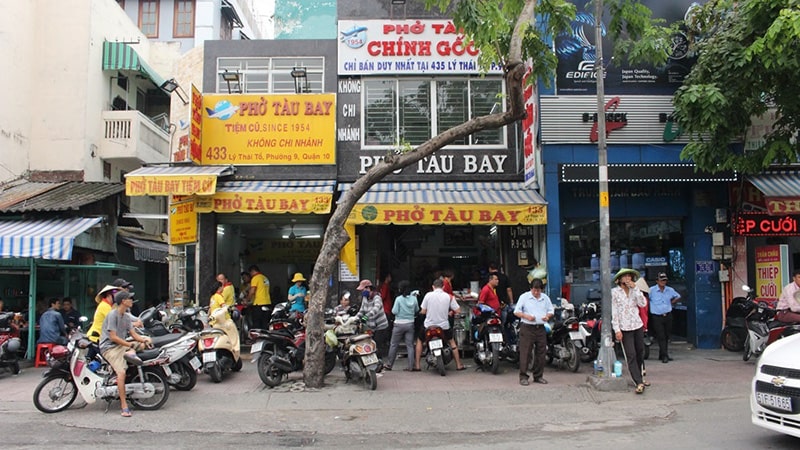
Phở Ngũ Xã - Phở Reimagined for a New Era
If every stage of pho’s evolution represents a different side of Hà Nội, then Phở Ngũ Xã is the face of a younger, more creative Hà Nội.
People come to Ngũ Xã for a new experience. Here, phở is wrapped, fried, rolled, and reimagined into forms like phở cuốn (phở rolls), phở chiên (crispy fried phở), and phở rán (pan-seared phở). These modern twists still carry hints of the classic flavors, smooth rice noodles, fragrant broth, beef, herbs, but presented in bold, playful new ways.
The ingredients are familiar, but the attitude is different: more open, more experimental, reflecting the spirit of a Hà Nội stepping into the world after the country’s Đổi Mới (Renovation) economic reforms.
Many say Phở Ngũ Xã adds a unique brushstroke to Hà Nội’s culinary canvas, and to Vietnamese cuisine as a whole. As the country transforms and people change with it, it’s only natural for cultural expressions like food to evolve too. And in this case, that innovation is worth celebrating.
It seems that no matter how many elaborate dishes come and go, phở holds a special kind of magic. In spring, summer, fall, winter - any season, any time of day - phở is always the go-to choice. Morning, noon, or night, there’s always room for a bowl of phở.
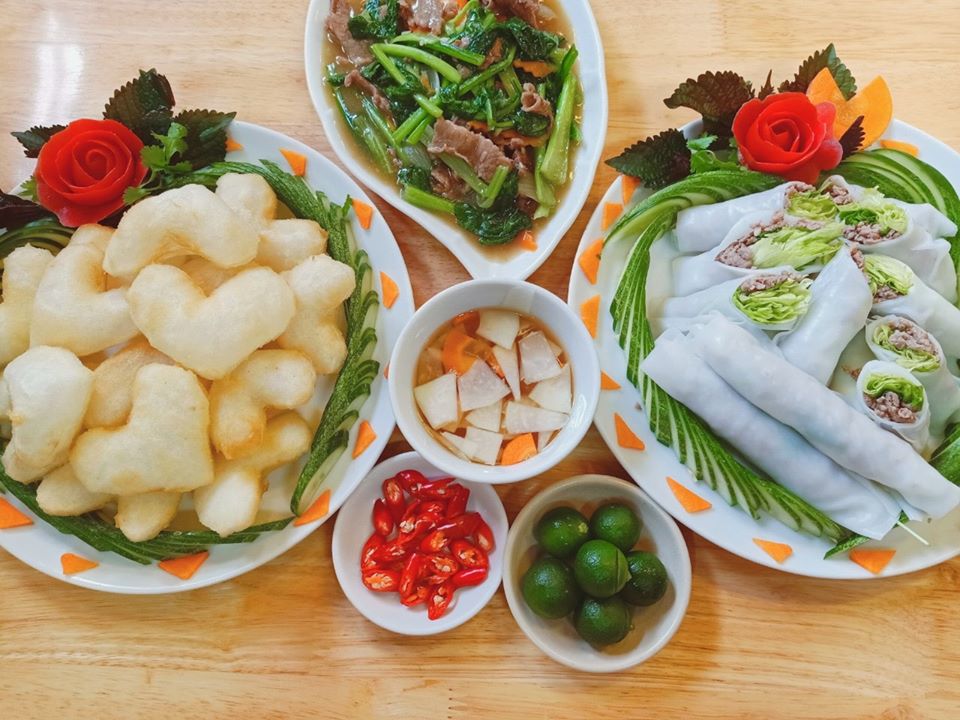
5AM is Vietnam’s first-ever sunrise music event, co-hosted by Vietnam Airlines, SpaceSpeakers Group, and Vietcetera. After successful editions in Ho Chi Minh City and Da Lat, Season 3 of 5AM arrives in Hanoi - awakening the thousand-year-old capital with music, sports, and culture under the theme Eye-Conic Hanoi.
More than just a music event, 5AM Season 3 kicks off with the 5AM Run, sparking fresh energy and healthy habits, alongside the Heritage Race, a cultural activity designed to inspire young people to explore and fall in love with Vietnam through iconic landmarks across Hanoi.
Limited tickets available. Don’t miss your chance to be part of Hanoi’s most Eye-Conic sunrise - click here to join the experience.
